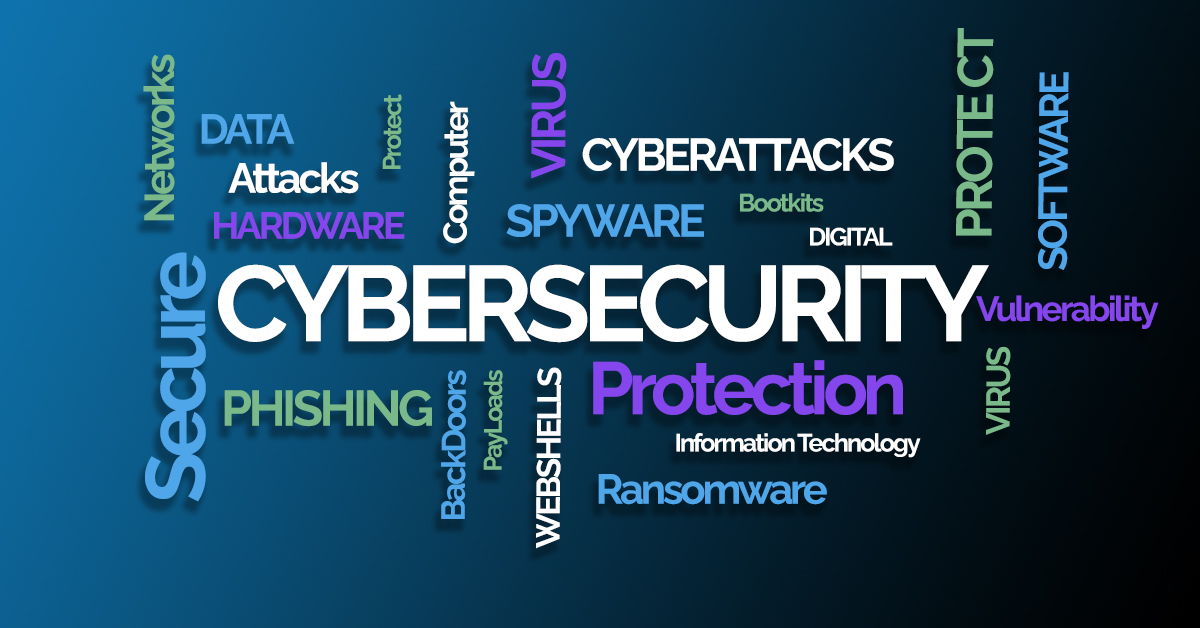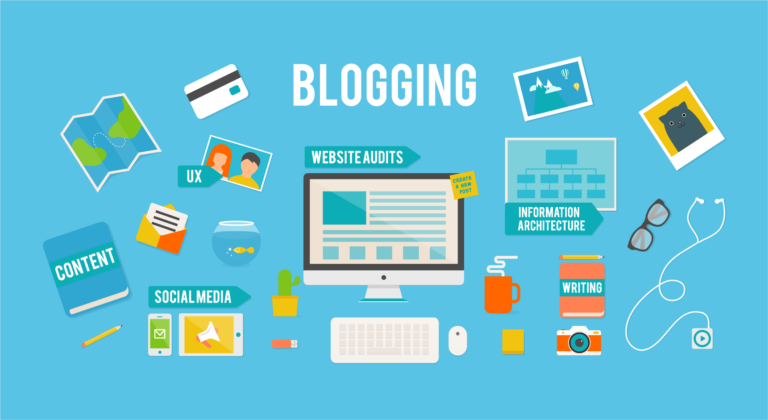Cybersecurity: Protecting Yourself in the Digital Age
Introduction
In an increasingly digital world, cybersecurity has become a vital aspect of our daily lives. Whether you’re an individual browsing the internet or a business handling sensitive data, protecting your digital assets is crucial. Cyber threats continue to evolve, making it essential to stay informed and proactive. This guide will explore cybersecurity threats, best practices, tools, and emerging trends to help you safeguard your information.
Chapter 1: Understanding Cybersecurity and Its Importance Cybersecurity refers to the protection of systems, networks, and data from cyber threats. These threats include hacking, phishing, malware, ransomware, and identity theft. As cybercrime continues to rise, organizations and individuals must implement robust security measures to protect themselves from potential attacks.
Why Cybersecurity Matters:
- Prevents financial losses due to fraud and data breaches
- Protects personal information from unauthorized access
- Ensures the integrity and confidentiality of data
- Enhances business reputation and customer trust
Chapter 2: Common Cyber Threats
- Malware – Malicious software such as viruses, worms, Trojans, and spyware that can compromise devices and steal data.
- Phishing Attacks – Fraudulent attempts to obtain sensitive information by disguising as a trustworthy entity, often through emails or fake websites.
- Ransomware – A type of malware that encrypts files and demands a ransom for decryption.
- Denial-of-Service (DoS) Attacks – Overloading a system or network with excessive traffic, causing disruptions.
- Man-in-the-Middle (MITM) Attacks – Cybercriminals intercept communication between two parties to steal data.
- Zero-Day Exploits – Attacks that target vulnerabilities in software before developers release patches.
Chapter 3: Best Cybersecurity Practices
- Use Strong Passwords – Create complex passwords and use a password manager to store them securely.
- Enable Multi-Factor Authentication (MFA) – Adds an extra layer of security by requiring a second verification step.
- Keep Software Updated – Regularly update operating systems, applications, and antivirus programs to patch vulnerabilities.
- Avoid Clicking Suspicious Links – Be cautious of phishing emails, messages, and websites.
- Secure Your Wi-Fi Network – Use strong encryption protocols such as WPA3 and change default router credentials.
- Back Up Your Data Regularly – Store backups on secure cloud storage or external drives.
- Use a Firewall – Blocks unauthorized access to your system and network.
- Be Cautious with Public Wi-Fi – Avoid transmitting sensitive data over unsecured networks; use a VPN for added protection.
Chapter 4: Essential Cybersecurity Tools
- Antivirus Software – Detects and removes malware threats (e.g., Bitdefender, Norton, McAfee).
- VPN (Virtual Private Network) – Encrypts internet connections and masks IP addresses (e.g., NordVPN, ExpressVPN).
- Password Managers – Securely store and manage passwords (e.g., LastPass, 1Password).
- Firewalls – Protects networks from unauthorized access.
- Email Security Tools – Prevent phishing and spam attacks (e.g., Proofpoint, Mimecast).
- Endpoint Detection and Response (EDR) – Provides real-time threat detection (e.g., CrowdStrike, Microsoft Defender).
Chapter 5: Cybersecurity for Businesses
Businesses handle vast amounts of sensitive data, making them prime targets for cybercriminals. Organizations must implement robust security measures to protect customer information, intellectual property, and financial assets.
Key Cybersecurity Measures for Businesses:
- Conduct regular security audits and risk assessments.
- Educate employees on cybersecurity awareness and best practices.
- Implement network segmentation to minimize attack impact.
- Use endpoint security solutions to protect workstations and mobile devices.
- Establish an incident response plan to handle security breaches efficiently.
Chapter 6: Emerging Trends in Cybersecurity
- Artificial Intelligence (AI) and Machine Learning – AI-powered security tools enhance threat detection and response capabilities.
- Zero Trust Security Model – Assumes no entity is trustworthy and verifies all access requests.
- Blockchain for Cybersecurity – Improves data integrity and transaction security.
- Cybersecurity Regulations and Compliance – Governments enforce stricter laws to protect digital privacy (e.g., GDPR, CCPA).
- Cloud Security – As businesses shift to cloud-based solutions, securing cloud infrastructure is critical.
- IoT Security – Protecting connected devices from cyber threats becomes increasingly important.
Conclusion Cybersecurity is an ever-evolving field that requires constant vigilance. By understanding common cyber threats, implementing best practices, and using the right security tools, individuals and businesses can minimize risks and protect their digital assets. Stay informed, stay secure, and always prioritize cybersecurity in your online activities.






